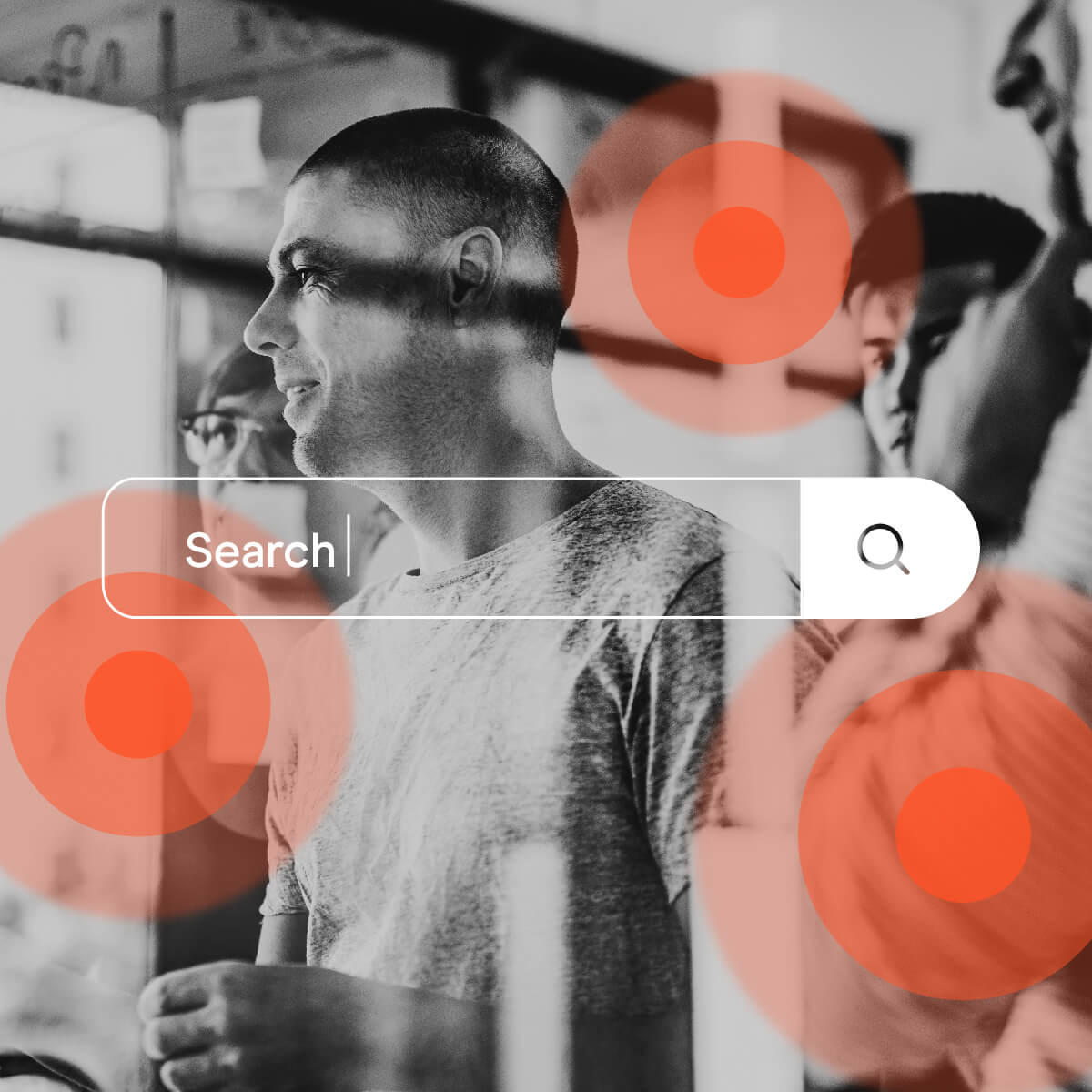The perfect web page needs to attract the right people and be engaging, persuasive, informative and trustworthy. Which means filling it with just the right amount of compelling and relevant content.
That’s difficult enough to achieve, and there are more challenges along the way. Web page success depends on solving a succession of technical problems. Attention to detail is the key to effective search engine optimisation (SEO) and conversion rate optimisation (CRO). To building a page that achieves its goals.
At TrunkBBI, we believe that creating engaging web pages is a job for a team of highly skilled developers, writers, designers and marketers. But we would say that wouldn’t we? Because that’s what we are.
So, rather than just saying “you need experts like us”, let’s dig deeper. In this article, we’ll explore what makes a great web page work so much better than the 99% that are… not so great.
Know your audience
Like most jobs, creating a web page starts with getting the basics right. The first basic to consider is who the page’s reader will be. Creating compelling and relevant content means knowing as much as possible about the person being targeted.
Consider their context
Next question: what’s the context of their session? In plain English, that means where they are, what the time of day is and what’s on their mind. Even the type of device they’re using makes a difference.
Imagine you’re a visitor to an insurance website for example. Are you looking for a new policy or trying to make a claim? Are you peering at a phone on a crowded train or sitting comfortably at a desk with time to spare? The same person will have different expectations, needs and responses depending on such factors.
Map the user journey
Thinking about the user journey involves understanding how the target audience will arrive on the page and adjusting the content to match. It also means having a clear idea about what you want the user to do next—and tailoring a clear and appropriate call to action.
When readers are confused about how to act, they either do nothing or do the wrong thing.
An effective call to action is also one that motivates the user by providing a clear benefit. Back to context again. Imagine someone in a panic after a cybersecurity breach. They probably want to pick up a phone and speak directly to an expert. A popup inviting them to sign up for your newsletter is a distraction they won’t welcome at that moment.
Another key part of understanding the audience is to establish how knowledgeable they are on the subject matter. What do they already know and what do they need to be told? Put the right content in front of users and you’re much more likely to keep their attention, gain their trust and elicit the right response.
SEO vs CRO
Keyword-rich or content-rich? That’s the tricky balance involved in creating a successful web page. That means one that performs as it should in SEO terms, but is also enjoyable and rewarding to visit. Thankfully, when search engine algorithms are ranking pages, they now favour user engagement metrics more strongly than ever before.
Google still needs to understand the purpose of the page and its target market. But they also understand that there’s no point in attracting visitors to a web page with brilliant SEO if the content doesn’t keep them interested once they’ve arrived. Our skilled content creators know how to balance searchability and enjoyability.
At TrunkBBI we use a variety of means to understand readers’ thoughts as they browse a web page. Quantitative data helps us check that a page strikes the right tone, and this is supported by session recordings, heatmaps, analytics data and audience interviews. We use these usability tools to create engaging content that can convert “just looking” visitors into active customers.
Fine tuning content
For messaging to resonate it needs to be as relevant as possible to the target audience. The more we know about the person reading the page, the more precisely we can attune language and content to them.
For landing pages we can create multiple versions, each targeting a different set of users by interest, job title, location or education.
Imagery can also be tailored. When populating content for different languages and territories on multi-lingual websites, adapting the visual content for each version can add extra relevance.
Video, too, is increasingly significant. It’s an effective way to convey information, and many users would rather watch a quick clip than plough through paragraphs of text. Again, the secret is to make the video compelling and relevant.
Less is often more. Rather than tying to tell users everything at great length, give them just enough information to intrigue them. Then they’ll want to get in touch for more details.
Storytelling can also be really effective. Don’t just give users the bare facts. Take them on a journey through the what, how and why of the product or service. Dramatic statistics and social proof can also help to make content believable and build confidence in your brand.
Design can make or break the user experience (UX)
A great web page needs to be designed with the audience in mind. For some types of content, such as product pages for an ecommerce store, it’s important to follow the rules. Departing from tried and trusted best practice can have a negative impact on conversions. The best designers know when to obey the rules and when to break them. They also understand the importance of letting the content breathe. Users will happily scroll if the design is right, so there’s no need to be afraid of using white space.
Good design enhances the content rather than distracting from it. Small, subtle details and smart layout can make a huge difference to the user’s experience.
Use components wisely
The structure of the page should allow the content to flow naturally. Using sub-headings and bullet points helps to divide long paragraphs into easily digestible chunks. Then the user can quickly scan the page and focus on the most relevant sections.
This approach can help to avoid the F-shaped pattern problem. This is when users scan text quickly without fully taking it in.
When considering page structure, we also need to decide when to link off to other pages where the reader can find more detail. Overwhelming the user with too much content or too many links can make them lose focus. They’re much more likely to leave the site as a result.
SEO: the devil is in the details
Technical SEO is vital when we want pages to appear in organic search listings. This means optimising page titles and meta descriptions, schema markup and on-page content such as title tags and internal linking. Avoiding duplicate content and making good use of canonical tags can avoid unnecessary penalties.
Using the correct HTML markup also enhances visibility. Ensure that the code is used correctly for headings, quotes, tables and lists. This will reassure Google that you care about accessibility and good quality code. Alt tags for images help too, informing users with screen readers as well as search engines about the content of images and icons on the page.
Test and learn
Once the web page page is finished, it’s ready to be published. Now analytics can be used to monitor user behaviour such as conversion rates. Tracking these KPIs over time and comparing to historical data makes it possible to measure the impact of any changes.
Heatmaps, session recordings and user interviews provide a combination of qualitative and quantitative data, delivering valuable insights. AB testing also supports decision making with data, so you can be confident that any refinements made to the page are improvements.
At TrunkBBI, we’re a team with decades of experience in creating high-quality web pages and sites. Together, we have the range of skills it takes to get every detail right, ticking the boxes for SEO, usability and conversions. We’d love to discuss your next web project or online campaign and deliver the results you need.
Please get in touch by completing the form below or giving us a call.





